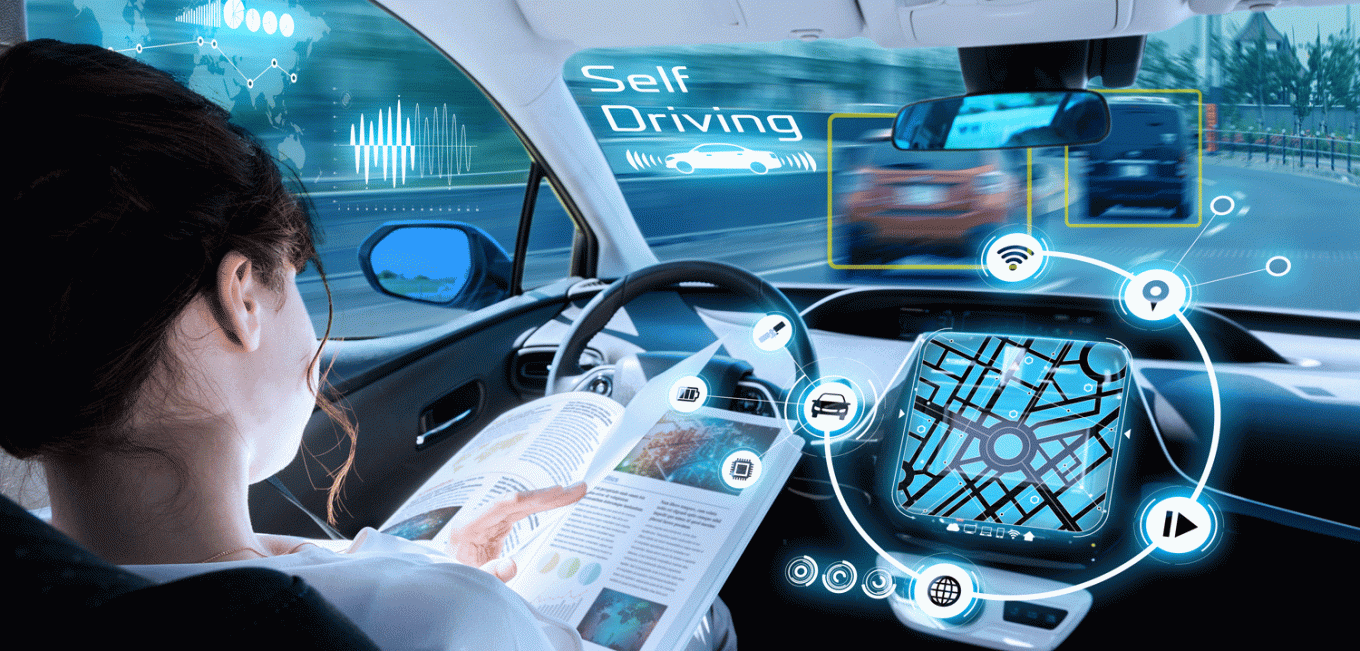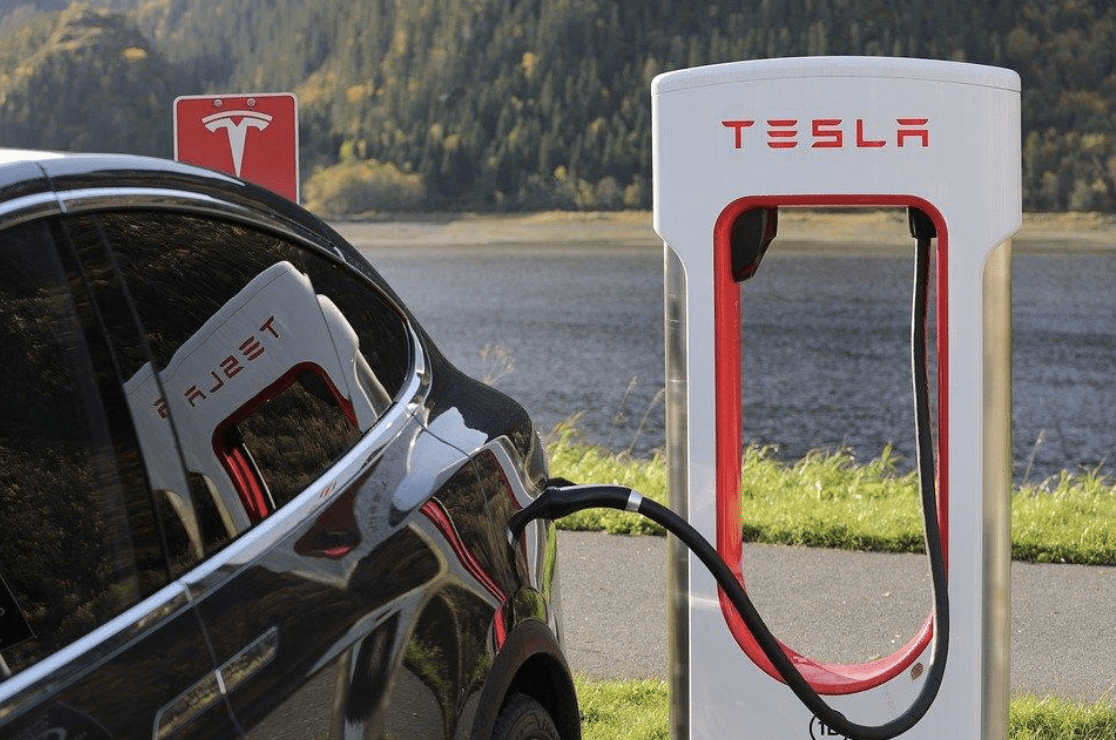 Self-driving cars are believed to be the future. These vehicles are expected to change people’s lives all over the world, bringing in a new era of safer roads, better productivity and more convenience. Just like any transformative technology, these vehicles, including junk vehicles , are also attracting plenty of investment from everywhere including well-known tech giants, conventional automakers and small size start-ups today.
Self-driving cars are believed to be the future. These vehicles are expected to change people’s lives all over the world, bringing in a new era of safer roads, better productivity and more convenience. Just like any transformative technology, these vehicles, including junk vehicles , are also attracting plenty of investment from everywhere including well-known tech giants, conventional automakers and small size start-ups today.
However, despite their rapidly growing popularity, autonomous cars becoming ubiquitous within this decade is something that’s still highly debatable. UK government has promised to make them a common sight on the roads by 2021. In fact, the UK market for these cars is expected to touch £ 52 billion figure in the next 15 years. On the other hand, all such promises are also fuelling plenty of hype and unfounded speculation. Below we take you through the top 3 myths surrounding self-driving cars, and the truth behind them.
Myth – Majority of initial autonomous cars will be privately-owned
Truth: There’s a high likelihood of more commercial vehicles becoming autonomous in the initial phase. Unlike the privately-owned vehicles, the road conditions and routes of vans, lorries etc. are more controlled, with the lesser impact of human factors. When it comes to the use of autonomous vehicles for commercial purposes, it’s the bottom line which will always be the deciding factor. As these vehicles’ running costs would be lesser and they’ll be able to work for longer time periods, businesses might not need to hire qualified drivers anymore.
Myth – AVs will make road congestion a thing of the past
Truth: Even though it’s pretty clear that the future belongs to self-driving cars, these vehicles might end up increasing traffic on the roads if everyone’s not careful enough. This is more likely to happen if we have more single-occupancy vehicles out there. With more and more people opting for AVs instead of public transport, there would be a large number of them on the roads. However, the presence of AVs will enable traffic to move in tighter clusters, enabling traffic movement in a more optimised way. The AI behind self-driving vehicles will manage traffic far more efficiently.
 Myth – AVs will completely do away with human error
Myth – AVs will completely do away with human error
Truth: There will never be a time when human error will be completely done away with. In the case of autonomous vehicles, this error will most likely be seen during the design and production stages, rather than when the vehicles are on the road.
The onus is up to humans to imagine all possible scenarios that might occur around and inside a self-driven car. The only way an autonomous vehicle can be programmed to react appropriately under certain scenarios is when it has been programmed to do so. For instance, some time ago a group of McAfee researchers demonstrated how it’s possible to manipulate Tesla’s autopilot function, to make it mistake 35 mph speed limit for 85 mph, by simply using a tiny sticker on the road sign.
This is an article provided by our partners’ network. It does not reflect the views or opinions of our editorial team and management.
Contributed content

Founder Dinis Guarda
IntelligentHQ Your New Business Network.
IntelligentHQ is a Business network and an expert source for finance, capital markets and intelligence for thousands of global business professionals, startups, and companies.
We exist at the point of intersection between technology, social media, finance and innovation.
IntelligentHQ leverages innovation and scale of social digital technology, analytics, news, and distribution to create an unparalleled, full digital medium and social business networks spectrum.
IntelligentHQ is working hard, to become a trusted, and indispensable source of business news and analytics, within financial services and its associated supply chains and ecosystems






























